Musée d’art africain (아프리카미술관)
508.4M 2022-09-30
24-1, Samcheong-ro, Jongno-gu, Seoul-si
+82-2-730-2430
Le musée d’art africain a été créé dans le but d’accueillir de nombreux festivals artistiques et fournir un espace de recherche sur des thèmes variés. Un principe majeur de la galerie est de promouvoir les oeuvres d’art qui essayent activement d’explorer l’esprit humain.
Musée de l'Histoire de Corée (대한민국역사박물관)
517.8M 2022-12-14
Séoul, Jongno-gu, Sejongdae-ro 198
+82-2-3703-9200
대한민국역사박물관은 19세기 말 개항기부터 오늘날에 이르는 대한민국의 역사를 종합적·체계적으로 보여주는 국내 최초의 국립 근현대사박물관이다. 종로구 세종대로에 있는 대한민국역사박물관은 옛 문화체육관광부 건물을 리모델링하여 건립한 지상 8층 건물로, 4개의 상설전시실과 2개의 기획전시실로 이루어져 있다. 이 밖에 세미나실, 강의실, 카페, 문화 상품점, 옥상 정원 등도 갖추고 있다.
Musée National d'Art Contemporain (국립현대미술관 서울관)
560.3M 2023-06-23
30, Samcheong-ro, Jongno-gu, Seoul
+82-2-3701-9500
Le Musée National d'Art Contemporain de Séoul a ouvert ses portes en 2013 au centre de Séoul à côté du palais Gyeongbok. Le musée a adapté un concept de 'cour' pour mieux se mélanger aux alentours et lier organiquement l'extérieur et l'intérieur du bâtiment.
Sur le terrain du musée, il y avait autrefois quelques grandes organisations administratives de l'époque Joseon mais aussi les hôpitaux militaires lors de la colonisation japonaise. Ce site est un site historique tant sur le plan politique que culturel. Notez que le musée est fermé les mercredis et samedis.
*Jour de l'inauguration : 12 novembre 2013
Centre culturel de Bukchon (북촌문화센터)
562.4M 2024-12-19
37, Gyedong-gil, Jongno-gu, Seoul-si
+82-2-2133-1371
Le village de maisons traditionnelles de Bukchon est le centre de la culture Bukchon qui est un site résidentiel traditionnel de 600 ans d’histoire de Séoul situé entre les Palais Gyeongbokgung et de Changdeong et JeongMo (tombeau héréditaire de la famille royale).
Les maisons traditionnelles qui se situent entre les deux palais temoignent bien du paysage traditionnel de Séoul. Pourtant, à l’heure actuelle, elles sont transformées en salles d’expérimentation de la culture coréenne ou en restaurants traditionnels etc.
Le centre de la Culture de Bukchon est une résidence traditionnelle composée d’Anche (bâtiment principal de la maison coréenne), d’ Heanglangche (corps de bâtiment rattaché à la grande porte), de Beolche (bâtiment annexe) dans laquelle la tradition coréenne s’épanouit et par ailleurs les programmes de la culture du matin calme sont préparés pour apprendre son histoire et sa tradition.
Plusieurs programmes sont organisés par des experts de chaque domaine et ils durent en moyenne de 3 à 6 mois.
Vous pouvez obtenir des informations précises par téléphone et ensuite choisir un programme. Par ailleurs, un individu peut s’y inscrire. Pourtant, les programmes se déroulent en coréen donc il serait mieux y venir avec un guide ou un interprète.
Les huit paysages du village Bukchon (북촌 8경)
562.4M 2024-12-13
37, Gyedong-gil, Jongno-gu, Seoul
+82-2-2148-4161
Bukchon qui signifie "village du nord", est nommé ainsi car il se trouve au nord de Cheonggyecheon et de Jongno. Le quartier situé au sud de Jongno, autrement dit les environs du mont Namsan, était appelé "Namchon (village du sud)". Au cours de la dynastie Joseon, la famille royale et les aristocrates habitaient à Bukchon alors que les fonctionnaires résidaient traditionnellement à Namchon. Aujourd'hui, le village hanok, situé entre le palais Gyeongbokgung et le palais Changdeokgung, est appelé Bukchon. En parcourant les nombreuses petites ruelles dans ce quartier traditionnel, vous pouvez trouver les "huit paysages du village Bukchon". Chacun de ces lieux comportent des spots photos spécifiques. Vous pouvez y prendre de belles photos en appréciant les paysages du quartier et la beauté des hanok.
[Les huit paysages du village Bukchon]
* Premier paysage du village Bukchon - La vue sur le palais Changdeokgung
Le premier spot photo offre la meilleure vue sur le palais Changdeokgung. Prenez la rue Chandeokgung 1-gil devant le Centre culturel de Bukchon et vous pourrez trouver le spot photo au bout de la rue.
* Deuxième paysage du village Bukchon - La ruelle des ateliers de Wonseo-dong
Marchez le long de la ruelle avec un muret en pierre (Changeokgung-gil) et vous pourrez trouver le musée d'art bouddhique et Yeon Gongbang. Au bout de la ruelle se trouve le deuxième spot photo, en face de l'Institut de cuisine royale de Corée.
* Troisième paysage du village Bukchon - La ruelle du musée Gahoe-dong
Vous pouvez faire l'expérience du hanok et de la culture traditionnelle coréenne dans les ateliers d'artisans.
* Quatrième paysage du village Bukchon - La colline 31 Beonji Gahoe-dong
Vous pouvez avoir une vue panoramique sur les environs de 31 Beonji de Gahoe-dong et la maison de Yi Jun-gu qui se situe dans les hauteurs du quartier.
* Cinquième paysage du village Bukchon - La ruelle qui descend de Gahoe-dong
Vous pouvez trouver un grand arbre hoenamu se trouvant à l'entrée de la ruelle qui descend de Gahoe-dong.
* Sixième paysage du village Bukchon - La ruelle qui monte de Gahoe-dong
Au bout de la ruelle qui monte de Gahoe-dong, vous pouvez trouver le sixième spot photo. Au passage, appréciez la vue panoramique sur les toits des hanok.
* Septième paysage du village Bukchon - Gahoe-dong 31 Beonji
Le septième paysage est composé d'une petite ruelle entourée de Hanok. C'est un endroit idéal pour effectuer une promenade paisible et reposante.
* Huitième paysage du village Bukchon - Samcheong-dong, route Dolcheunggyegil
Montez la colline en suivant le chemin Hwagae 1-gil. Vous pouvez profiter de la vue sur le palais Gyeongbokgung, le mont Inwangsan et la Maison Bleue, vous rejoindrez la route Dolcheunggyegil (escalier en pierre) qui aboutit vers le quartier Samcheong-dong. En descendant l'escalier, vous pourrez trouver le huitième spot photo.
Quartier Ikseon-dong (익선동)
564.1M 2023-01-16
Ikseon-dong, Jongno-gu, Séoul
Le quartier Ikseon-dong, dont les ruelles et les hanoks créent un ensemble harmonieux unique et plein de charme, est en train de devenir une destination prisée des touristes de tous âges. Il s'agit également d'un quartier dont le but est de favoriser les échanger entre les jeunes et les personnes âgées.
Le Parc Tapgol (서울 탑골공원)
567.4M 2021-08-05
99, Jong-ro, Jongno-gu, Seoul-si
+82-2-731-0534
Aussi connu sous le nom de Parc de la Pagode, le Parc Tapgol, situé sur le site de l'ancien Temple Weongaksa de la Période Joseon, est le premier parc moderne à avoir été construit à Séoul. Le temple fut appelé Heungboksa sous la Dynastie Goryeo mais fut renommé durant les premières années de Joseon. Cependant, il fut détruit pendant le règne de Yeonsangun et Jungjong en raison d’une politique de repression envers le Bouddhisme. Par la suite, un parc de style occidental fut construit sur proposition de l’anglais John Mcleavy Brown, mais aucune information concernant la date et la raison n’a pu être trouvée. Le parc contient plusieurs trésors nationaux : Wongaksaji Sipcheungseoktap, Weongaksabi, et Palgakjeong où la déclaration d’indépendance fut lue, la plaque en relief du mouvement d’indépendance, ainsi que la statue de Son Byeong-hee. Le parc est d’une grande valeur historique et d’esprit national puisqu’il fut le point de départ de la Manifestation pour l’Indépendance, le 1er mars 1919.
Village Hanok de Bukchon (북촌한옥마을)
578.2M 2025-06-05
37, Gyedong-gil, Jongno-gu, Seoul
+82-2-2148-4161
Le Village Hanok de Bukchon était autrefois un village où résidaient les aristocrates au cours de la dynastie Joseon. Certaines des maisons aux toits de tuiles appelées giwas ont été préservées jusqu'à nos jours.
Situé entre le palais Gyeongbokgung, le palais Changdeokgung et le sanctuaire Jongmyo, le Village Hanok de Bukchon est vieux de 600 ans. Ce village préservé se tient entre deux grands palais, dans un quartier historiquement important.
C'est aujourd'hui un bon endroit pour se faire une idée de la vie à l'époque de la dynastie Joseon, où se trouvent un centre culturel et des restaurants aménagés dans des maisons traditionnelles.
Les quartiers Wonseo-dong, Jae-dong, Gahoe-dong et Insa-dong se trouvent tous au nord de la rivière Cheonggyecheon et de Jongno, ils forment donc Bukchon, qui signifie 'village du nord', un endroit qui abritait la résidence de la famille royale et les hauts dignitaires de la cour.
Promenade nocturne dans les hanoks publics (공공한옥 밤마실)
579.1M 2025-05-30
37, Gyedong-gil, Jongno-gu, Séoul (Gyedong)
02-741-1033
A Séoul, lorsque la douceur du début d'été se fait sentir jusque dans les hanoks du centre-ville, neuf hanoks publics - dont le Centre culturel de Bukchon - ouvriront exceptionnellement leurs portes en soirée, pendant dix jours, du mercredi 21 au samedi 31 mai. A cette occasion, les visiteurs pourront flâner le long des anciens sentiers et ruisseaux du village, et profiter d'un espace ouvert à tous autour de la culture hanok : habitants du quartier, touristes, enfants, personnes âgées, étrangers et publics socialement fragiles.
A l'approche de Dano, journée de grande énergie yang dans le calendrier traditionnel, une série de programmes variés seront proposés pour profiter des soirées de début d'été avant l'arrivée des grandes chaleurs. Dans les quartiers historiques de Seochon et Bukchon, la valorisation du patrimoine s'accompagne chaque année de réflexions auour de problèmetaiques locales, notamment l'essor mondial de la culture coréenne depuis l'ère post-pandémique, les changements politiques, ou encore la protection du droit à la résidence des habitants.
Dans ce contexte, Séoul Public Hanok s'efforce d'embrasser la diversité des valeurs et des différences, en élargissant l'accès à la culture hanok sous une nouvelle lumière? Ce programme nocturne offre à toutes les générations l'occasion précieuse de se retrouver autour de ce patrimoine unique, et de vivre une expérience partagée au coeur des hanoks publics.
Bibliothèque de Jeongdok (정독도서관)
586.5M 2021-02-01
48, Bukchon-ro 5-gil, Jongno-gu, Seoul-si
+82-2-2011-5799
La bibliothèque de Jeongdok a ouvert ses portes en janvier 1977 à l’ancien emplacement du lycée Gyeonggi à Bukcheon dans l’arrondissement de Jongno-gu à Séoul. Cette bibliothèque publique municipale s’ennorgueillit de plus d’un demi-million de livres et de 16 300 ouvrages de référence. Le musée de l’éducation de Séoul à l’intérieur de la bibliothèque contient une collection de 12 000 ouvrages de référence.
La bibiothèque propose non seulement les services de base (prêt de libres, mise à disposition d’archives et de salles de lecture pour le public), mais elle offre aussi divers programmes culturels, parmi lesquels des conférences mensuelles animées par des auteurs invités, des expositions de photos, des séminaires de lecture, et des spectacles de musique et de danse. La librairie organise enfin des programmes pédagogiques sur l’économie, les sciences et la société, et propose trois projections de films par semaine dans la salle d’audiovisuel, tous les mardis, les jeudis et les dimanches.
Grâce à son énorme collection de références et ses programmes culturels, la bibliothèque a pour but d’enrichir la vie des habitants de Séoul en leur permettant l’accès aux dernières informations et à de nombreux programmes pédagogiques.
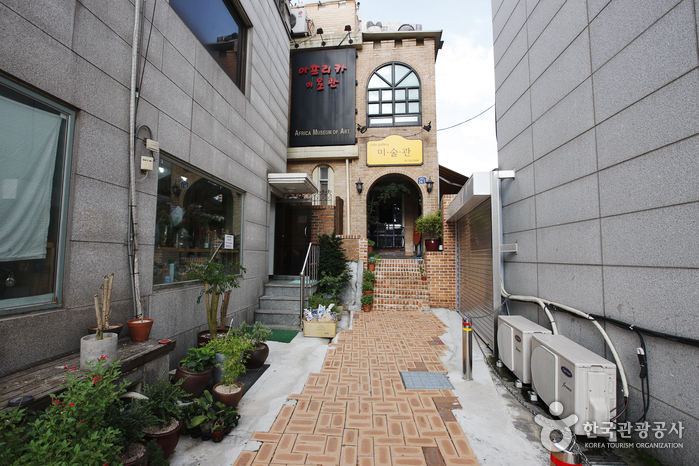
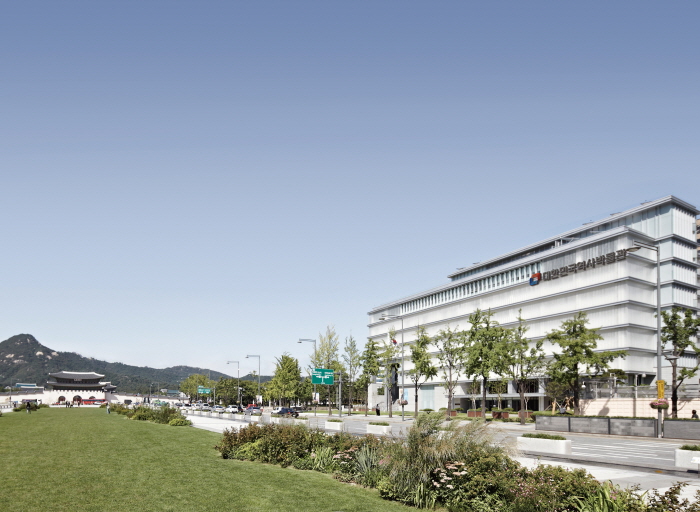
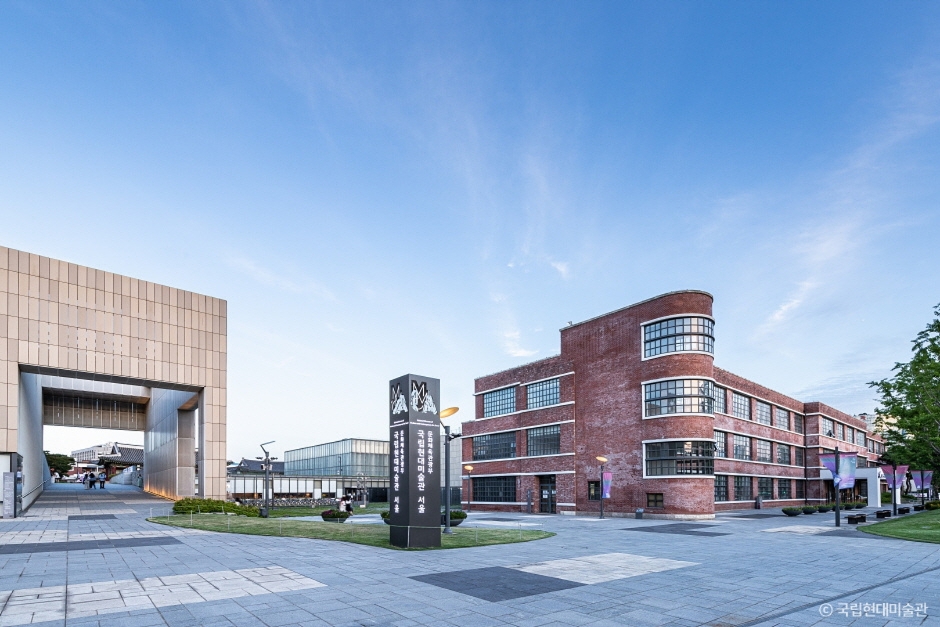
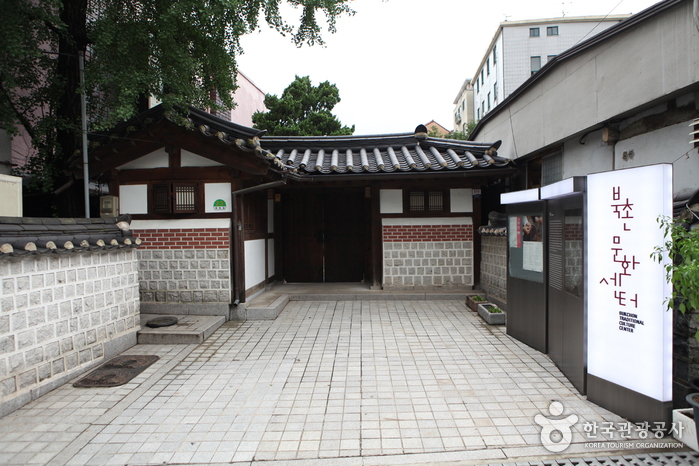
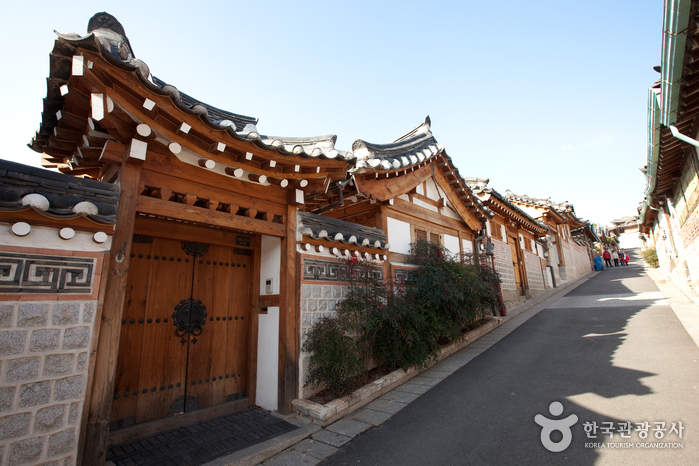

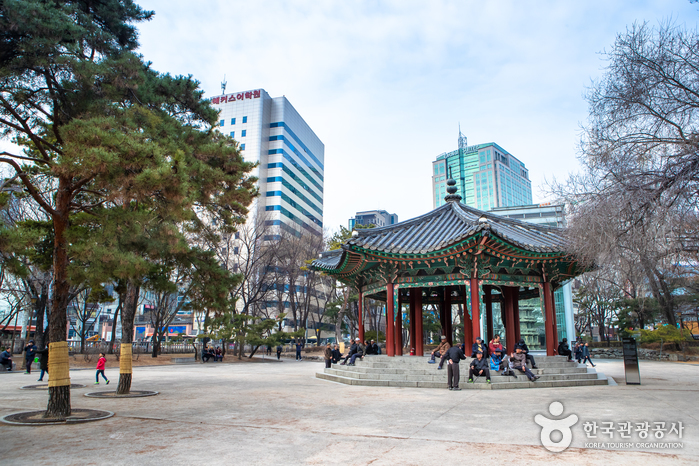
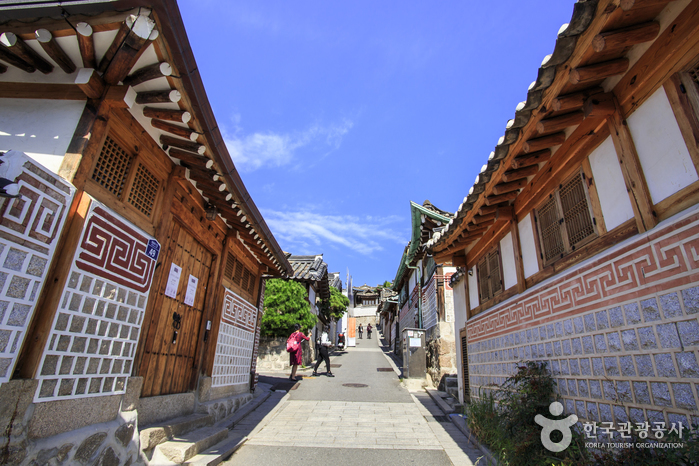
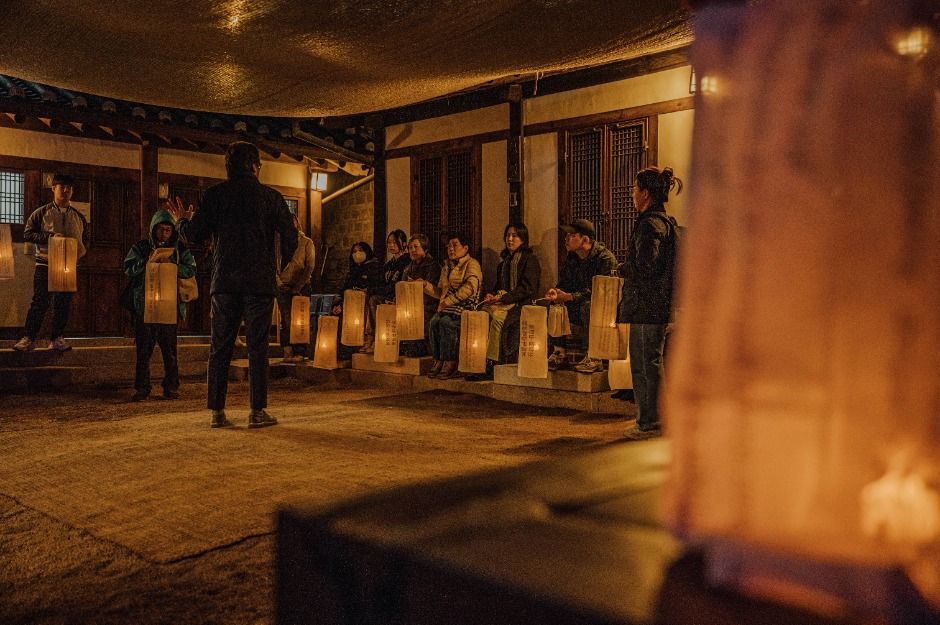
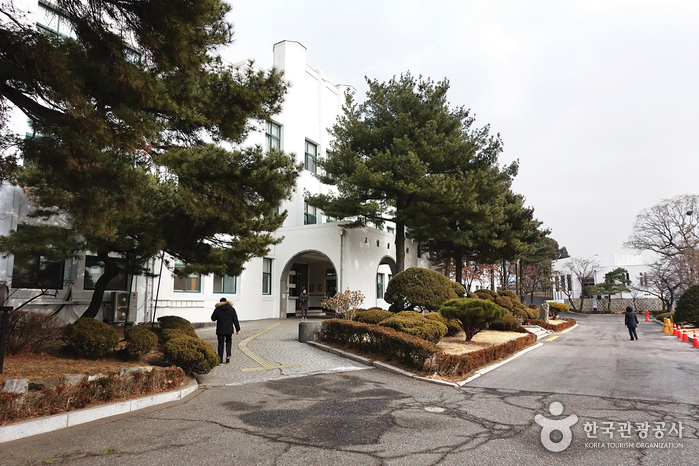
 Français
Français
 한국어
한국어 English
English 日本語
日本語 中文(简体)
中文(简体) Deutsch
Deutsch Español
Español Русский
Русский